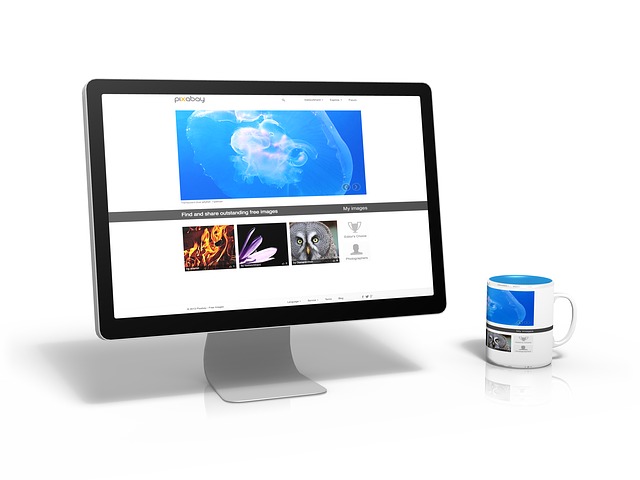Proper optimization of images on the web
When you visit any website, blog, or e-shop, what is the first thing you see? A photo, of course. With photos, you can build a very attractive design and create a reason for users to stay. And ideally, to read or buy something. So photo optimization is absolutely necessary.

But there are several reasons for this. First, our brains can perceive 90 percent of information visually. With 30 percent of all people browsing web pages on their smartphones, large formats are not ideal. This wasn\’t a problem before, but now it is a big problem. Also, a clear description makes it easier for search engines to find what you offer; SEO improves
; and the more clear the description is, the more likely it is to be found by the search engines.
Ideal Size
Technical parameters are also a factor in successful optimization. Good quality is of course essential. But it usually means that the size is too large. When deciding and choosing, never exceed 2000 px. The best size is1024pxmaximum width. It really doesn\’t have to be as large as you might think. But remember, people are looking at you on their cell phones as well.

The display needs to be fast, so think about file size as well. For example, there are useful tools that can compress images from 500kB to 68kB without affecting image quality; Tinypng.com allows you to shrink multiple files at once.
What about formatting?
]
The format is very simple: you can choose fromJPG,PNG,GIF, or vectorSVG. These are also the most commonly used, so they are certainly not a problem. The method of storing photos is also important. Both for functionality and for search engines.
Fill in all fields
There is no need to take descriptions and subtitles too seriously, but search engines follow suit. Copywriters also have great opportunities to play further with text. Alternate Labeling(ALT) is one of the cornerstones of online marketing; remember your keywords when filling out your ALT. One keyword is enough; do the same for [47] the title(TITLE).
